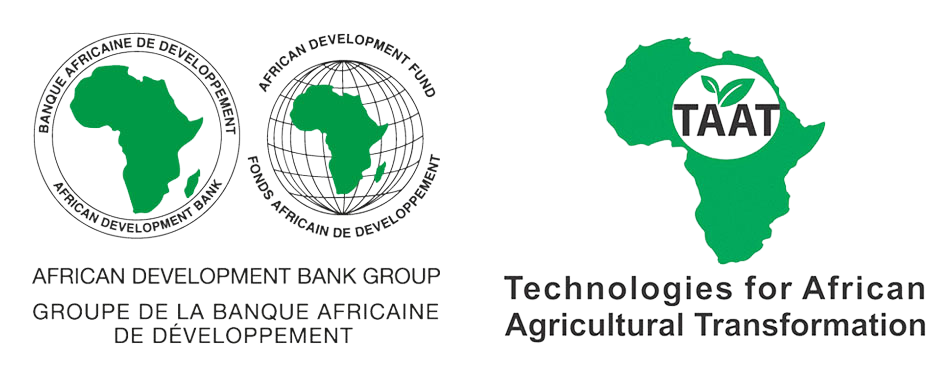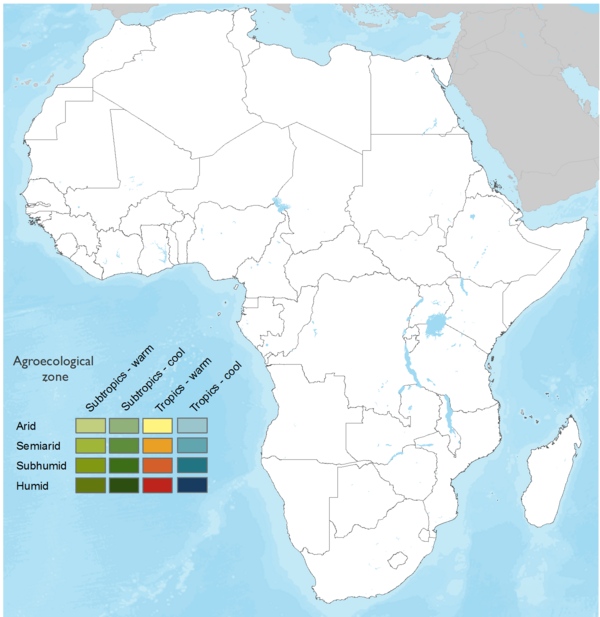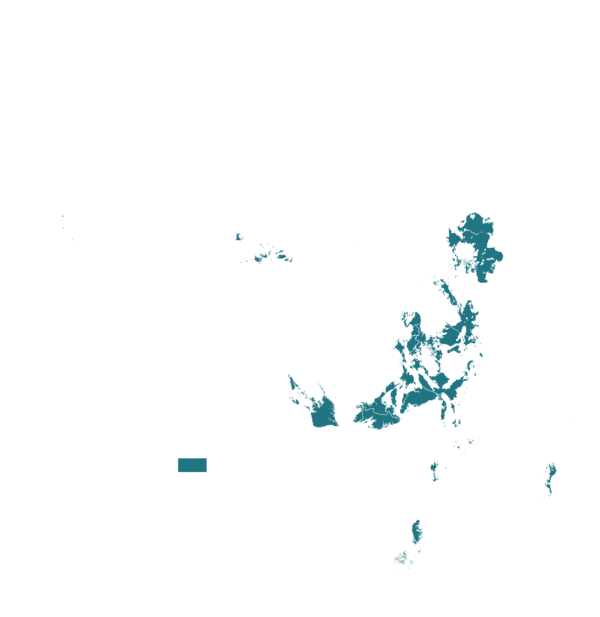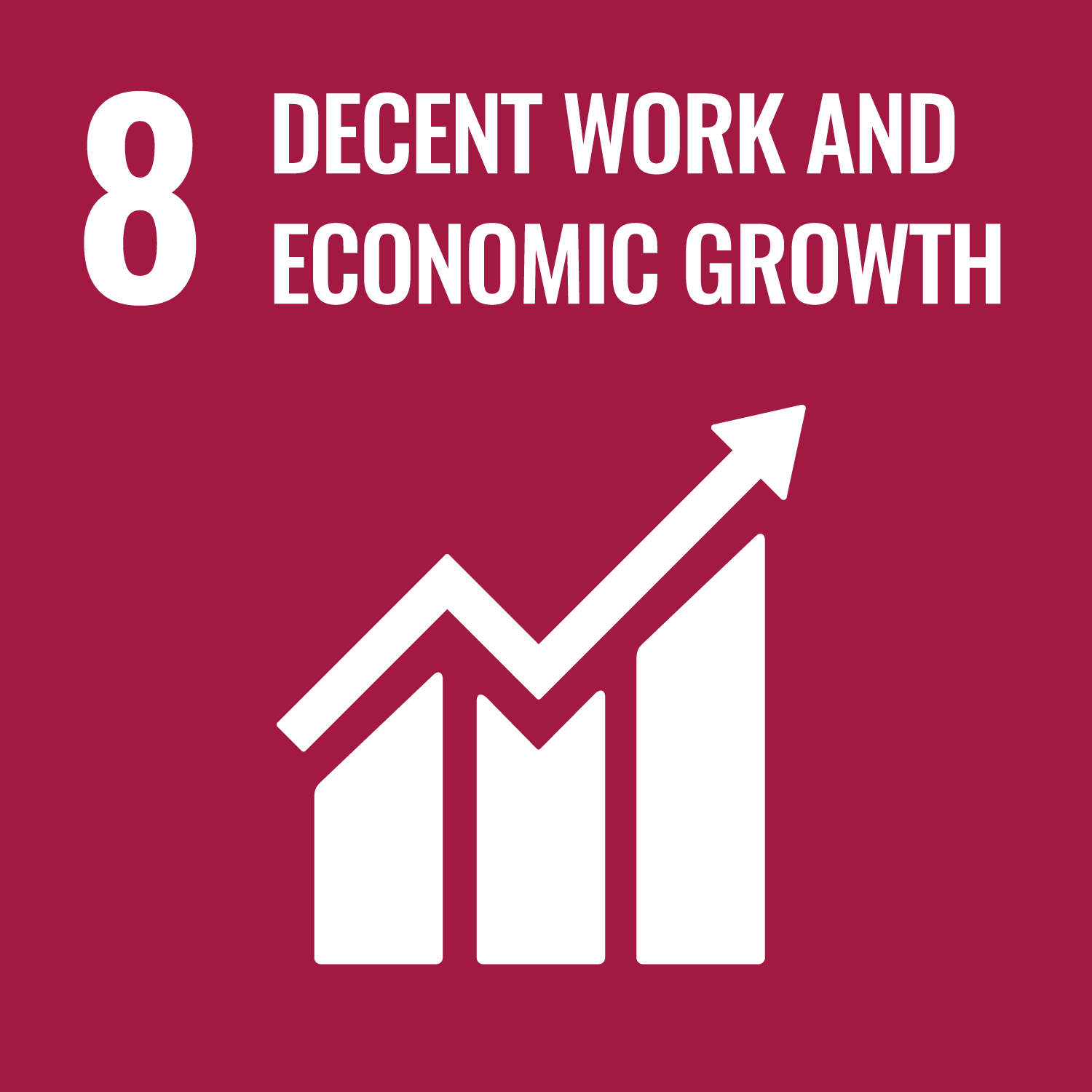

Breeder & Foundation Cassava Seeds—Always Within Reach
This model provides a structured approach for government projects to ensure the steady supply of high-quality cassava planting material nationwide. By connecting research centers with certified seed producers and outgrowers, it enables the multiplication and distribution of breeder and foundation seeds under national certification standards. This supports traceability, disease control, and varietal purity. Governments can use this model to strengthen seed systems, improve farmer access to quality seeds, and boost overall cassava production across the country.
This technology is pre-validated.
Adults 18 and over: Positive high
Adults benefit greatly from this technology, as they are independent, able to make key decisions in agribusiness, and have better access to financial resources. Their digital literacy and established agricultural networks also enhance adoption and knowledge sharing.
The poor: Positive high
The technology helps poor farmers by increasing their productivity, reducing poverty, improving food security, and strengthening livelihoods through access to better quality seeds.
Under 18: Positive low
People under this category are not heavily impacted by the technology, as most are still in school or dependent, with limited involvement in agricultural business decisions. However, in rural areas, some youths may indirectly benefit by supporting family farming activities.
Women: Positive high
Women gain significant advantages through this technology, including increased income opportunities, better access to markets, greater social empowerment, and improved household food security.
Climate adaptability: Highly adaptable
The EGS model enables the multiplication of cassava varieties bred to tolerate drought, flooding, and other climate-related stresses. This helps maintain production stability in areas affected by shifting weather patterns.
Farmer climate change readiness: Moderate improvement
By improving access to climate-resilient cassava varieties, farmers are better prepared to manage risks like delayed rainfall, heat stress, or waterlogging. However, full adaptation often depends on complementary practices such as soil management or access to early warnings.
Biodiversity: Positive impact on biodiversity
The use of certified, disease-free seed reduces the need for repeated pesticide application. This helps maintain beneficial insects, microorganisms, and nearby plant species. The model also supports varietal diversity by enabling the multiplication of several improved cassava lines adapted to different zones.
Carbon footprint: Much less carbon released
The use of high-performing cassava varieties increases yields per hectare, meaning fewer land and energy resources are needed for the same output. Because EGS production relies more on manual or low-mechanization practices and requires less synthetic fertilizer, it significantly reduces emissions from fuel use and nitrous oxide—a potent greenhouse gas—from fertilizer application.
Soil quality: Improves soil health and fertility
The cassava seed production process involves minimal tillage and promotes good agronomic practices. This helps preserve soil structure, fertility, and microbial activity essential for long-term productivity.
Water use: Much less water used
Drought-tolerant cassava varieties produced through the model need less irrigation, allowing farmers to conserve water, especially in dry or semi-arid regions.
To improve national cassava production and seed systems, government projects must structure early generation seed supply chains by supporting research linkages, seed certification, field multiplication, and farmer distribution. The Early Generation Seed (EGS) Model provides a tested framework that governments can scale practically by following these key steps.
Adopt a long-term systems approach.
This model works best when seen as a way to build a strong national seed system—not just to supply seeds for one season. It’s an investment in lasting change.
Plan for initial investment and technical coordination.
Setting up certified seed farms, training producers, and coordinating inspections will require time, funding, and technical support. These steps are essential for long-term success.
Ensure readiness of seed certification systems.
A functioning seed regulatory body is important. If there are gaps, the project may need to help build capacity—for example, by training inspectors or improving procedures.
Allow time for seed multiplication.
It takes one full season to multiply breeder seed into foundation seed. The project should plan activities over multiple years to allow this process to work.
Secure access to breeder seed early.
The project will need clear agreements with research centers to ensure breeder seed is available at the right time and in the right quantity.
Support local seed producers.
Seed companies or cooperatives need technical and sometimes financial support to become reliable partners. Their success will determine how well the model works.
Help farmers understand the value of quality seed.
Adoption won’t happen automatically. Farmers may need information, demonstrations, or temporary support to make the switch from informal to certified seed.
Use digital tools for traceability and monitoring.
Platforms like SeedTracker can help follow seed movement and quality. This also makes it easier to monitor results and report progress.
Focus on priority regions first.
Start where there is strong demand for cassava or where cassava supports agro-industrial development. A focused approach helps show quick results.
Coordinate across ministries and engage expert partners.
Align efforts between agriculture, research, and local governments for smooth implementation. For technical guidance and practical support, governments are encouraged to contact IITA GoSeed, who can assist in setting up the entire process based on field experience across multiple countries.
Revenue/hectare for seed companies
No formal IP rights
Scaling Readiness describes how complete a technology’s development is and its ability to be scaled. It produces a score that measures a technology’s readiness along two axes: the level of maturity of the idea itself, and the level to which the technology has been used so far.
Each axis goes from 0 to 9 where 9 is the “ready-to-scale” status. For each technology profile in the e-catalogs we have documented the scaling readiness status from evidence given by the technology providers. The e-catalogs only showcase technologies for which the scaling readiness score is at least 8 for maturity of the idea and 7 for the level of use.
The graph below represents visually the scaling readiness status for this technology, you can see the label of each level by hovering your mouse cursor on the number.
Read more about scaling readiness ›
Uncontrolled environment: validated
Common use by intended users, in the real world
| Maturity of the idea | Level of use | |||||||||
| 9 | ||||||||||
| 8 | ||||||||||
| 7 | ||||||||||
| 6 | ||||||||||
| 5 | ||||||||||
| 4 | ||||||||||
| 3 | ||||||||||
| 2 | ||||||||||
| 1 | ||||||||||
| 1 | 2 | 3 | 4 | 5 | 6 | 7 | 8 | 9 | ||
| Country | Testing ongoing | Tested | Adopted |
|---|---|---|---|
| Angola | Testing ongoing | –Not tested | –Not adopted |
| Côte d’Ivoire | Testing ongoing | –Not tested | –Not adopted |
| Democratic Republic of the Congo | –No ongoing testing | –Not tested | Adopted |
| Gabon | Testing ongoing | –Not tested | –Not adopted |
| Kenya | Testing ongoing | –Not tested | –Not adopted |
| Liberia | Testing ongoing | –Not tested | –Not adopted |
| Mali | Testing ongoing | –Not tested | –Not adopted |
| Nigeria | –No ongoing testing | –Not tested | Adopted |
| Rwanda | Testing ongoing | –Not tested | –Not adopted |
| Sierra Leone | Testing ongoing | –Not tested | –Not adopted |
| Tanzania | –No ongoing testing | –Not tested | Adopted |
This technology can be used in the colored agro-ecological zones. Any zones shown in white are not suitable for this technology.












| AEZ | Subtropic - warm | Subtropic - cool | Tropic - warm | Tropic - cool |
|---|---|---|---|---|
| Arid | – | – | – | |
| Semiarid | – | – | ||
| Subhumid | ||||
| Humid |
Source: HarvestChoice/IFPRI 2009
The United Nations Sustainable Development Goals that are applicable to this technology.

The EGS model creates structured job opportunities across the cassava seed sector, from seed producers and field inspectors to outgrowers and seed sellers. By supporting profitable seed businesses and providing rural employment, it helps lift farming families out of poverty and strengthens rural economies.

The EGS model ensures a steady and reliable supply of improved cassava planting materials, which helps farmers access disease-free, high-yielding, and nutritious varieties. This leads to higher farm productivity, more stable food supplies at local and national levels, and greater resilience against food shortages caused by pests, diseases, or climate shocks. Biofortified cassava varieties produced through this system also contribute to better dietary diversity and nutrition, particularly in rural communities where cassava is a staple food.

Clean, certified seeds lower the spread of pests and diseases, reducing the need for chemical treatments that can harm farmers and the environment. The availability of biofortified cassava varieties also supports better nutritional health outcomes by providing essential micronutrients.

The EGS model supports the formalization of the seed sector, creating structured and decent jobs. Seed businesses and cooperatives gain new income streams, helping drive economic growth while offering farmers and young entrepreneurs new agribusiness opportunities.

By ensuring the reliable production and supply of breeder and foundation seeds, the model strengthens national seed systems. It supports agro-processing industries (e.g., starch, ethanol, cassava flour) that depend on stable cassava supplies, contributing to rural industrial development.

The successful scaling of the EGS model relies on strong collaboration between research institutions, seed companies, national regulatory agencies, farmer groups, and development organizations. It fosters multi-stakeholder partnerships to support agricultural transformation at scale.
1. Establish formal partnerships with research institutes
Sign agreements with national or regional research centers (such as NRCRI or IITA) to access nucleus and breeder seeds of improved cassava varieties, ensuring a consistent and trusted starting point for seed multiplication.
2. Identify and license qualified seed producers
Select private companies, cooperatives, or public farms and support their registration as certified seed producers with the national seed authority (e.g., NASC in Nigeria, TOSCI in Tanzania) to increase seed production capacity.
3. Develop certified seed multiplication farms
Set up centralized multiplication sites (10–20 hectares) and organize an outgrower network of trained farmers in key production zones. These sites will multiply breeder seeds into foundation seeds for further distribution.
4. Provide technical training on seed production standards
Train seed producers and outgrowers on Good Agronomic Practices (GAP) and seed certification protocols to ensure clean, disease-free planting material that meets national quality standards.
5. Integrate seed inspection and certification procedures
Coordinate with seed authorities for regular field inspections, and promote the use of digital tools such as SeedTracker for real-time monitoring and traceability. Only certified seed lots should be distributed or sold.
6. Strengthen local seed distribution systems
Facilitate connections between certified seed producers, agro-dealers, and farmer cooperatives to ensure timely and affordable seed access. Government can support initial distribution through targeted subsidies or starter kits.
7. Prioritize climate-resilient and biofortified varieties
Promote multiplication of cassava varieties that are tolerant to drought, resistant to flooding, or enriched with Vitamin A to align with national food security and climate adaptation goals.
8. Ensure inclusion of women and youth in seed enterprises
Design support measures such as training programs, input kits, or access to land and finance to encourage the participation of women and youth in seed production and marketing.
9. Allocate realistic funding and plan for sustainability
Plan for average production costs of around $830 per hectare, covering land preparation, inputs, training, and certification. With proper implementation, seed producers can recover costs within one or two cropping cycles.
10. Establish monitoring and evaluation systems
Track certified production areas, the number of active seed producers, seed volumes distributed, adoption rates, and yield improvements to assess project impact and inform future planning.
Last updated on 28 November 2025